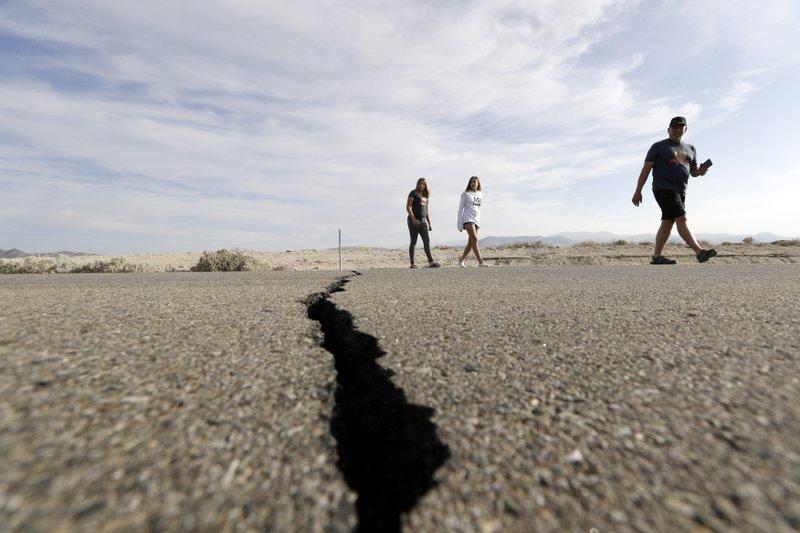California could be hit with a massive earthquake—possibly up to a 6.7 to 7.0 magnitude temblor—in the next century, according to the U.S. Geological Survey’s latest earthquake study.
“There’s a very high probability—and our maps show it—for large earthquakes to occur in California,” Mark Petersen, USGS geophysicist and lead author of the study, told The Epoch Times. “It could be in 100 years, or it could be 50 years.”





